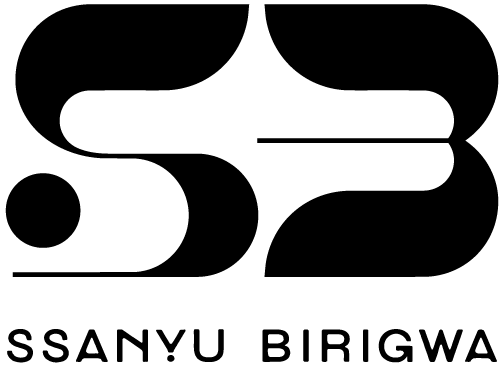What is Narrative Medicine? A Q&A with Ssanyu
I was recently interviewed by a Columbia graduate student interested in the intersectionality of NM and spirituality—what it is, what it looks like in practice, how I got involved with narrative medicine and how the framework can help everyone from athletes to dentists to entrepreneurs connect more deeply with themselves and their patients/clients. I’m sharing the Q&A as a starting point for anyone new to Narrative Medicine and the power of storytelling to heal.
So, what is Narrative Medicine?
From a clinical perspective, Narrative Medicine is a research-backed framework for learning how to receive and absorb patient stories, interpret them, be moved by them and honor them. Personally, the practice of Narrative Medicine is learning how to unlock our own stories, witness them and ultimately heal from them.
How did you get into Narrative Medicine?
For nearly 15 years I was a nonprofit executive, focused on finding innovative and creative ways to build healthier communities and nations. This has always been core to my personal purpose. At the same time, I come from a long line of Ugandan bone healers dating back more than 200 years. Healing is in my DNA, and so in addition to my nonprofit work, I was rooting myself into teachings from someone I call prophet, who lead me to understand the importance of of my healing medicine, and further educated me on the power of faith, magic, and the importance of indigenous healing modalities.
In 2014, I was grieving the death of many people I loved all at once—my Uncle, who was like a surrogate father to me; my best friend from high school who died from gallbladder cancer; my best friend from college who died from lung cancer. Over a nine month period, seven people I really loved had passed away. So I was personally curious about how to look at death and palliative care through this narrative lens and support patients and caregivers beyond the medicalization piece and in a more multidimensional way. I was also really curious about the intersection of health and spirituality, which narrative medicine inherently speaks to. Moving through the work allowed me to personally grieve, while also giving me clinical tools and a solid framework that I could integrate into my work with both individuals and organizations. My training as a narratologist also taught me about radically listening, attentively listening, holding space and being able to articulate what I am feeling in a manner that many can understand.
What are the tenets of Narrative Medicine?
The three pillars of narrative medicine are attention, representation, and affiliation. Through developing each of these pillars, clinicians can create authentic experiences for their patients. Used in its traditional sense, narrative medicine facilitates clear patient and caregiver communication, while honoring individualized stories of illness.
Attention is, as defined by Dr. Rita Charon in What to Do With Stories: The Sciences of Narrative Medicine, being the observer “[a] combination of mindfulness, contribution of the self, acute observation, and attuned concentration enables the physician to register what the patient emits in words, silence, and physical state...[a]ttention refers to the humility that is practiced by a [clinician] in order to truly absorb their personal experiences, and those of their patients and communities.” Attention is developed in the process of close reading, listening and looking at a particular creative work whether it is literature, music or art.
Representation is the “...narrative [expression] in clinical settings mak[ing] audible and visible that which otherwise would pass without notice...the act of representation seeks to create connection between seemingly disparate entities.Representational work often carries a sense of urgency and is meant to inspire action in the viewer/listener.”
Representation is achieved in the creative process of writing to a prompt. In essence, that new piece of writing is a ‘co-creation’, a representation of the connection between the creative work explored in the workshop and the workshop participant.
Affiliation: This is “[t]he ‘ultimate goal’ of narrative medicine in which connections are made between the seemingly disparate entities or to recognize the unrecognized entity and engender empathy.” In the facilitated discussion of this ‘co-created’ work, we look for moments of connection between people. We ask: what has emerged from this encounter?
What new thing do we know or understand about each other? Where is our curiosity piqued? Are we able to empathize and see ourselves in the “Other?”
We engage with these three pillars and help individuals develop and hone in their narrative competence skills using literature, art, and music, and through participant discussion, writing, and sharing.
What does the practice of Narrative Medicine look like?
This will look different with each client and organization we work with, but at its most foundational level participants are given a prompt—a piece of writing or a question, art, music—and given a short amount of time to respond. This process helps people excavate stories they may not consciously know live in their bodies. So much of our training was looking at the research and hearing about experiences where people’s health outcomes improved because of this process—both the unlocking of the stories and their stories being witnessed.Narrative Medicine is also about taking a pause and being present to the moment. This may sound straightforward, but so few of us sit still long enough to be truly present with ourselves, our bodies and one another. We gain so much not just by unlocking the stories buried in our cells but also by the small pauses we take to check-in with ourselves, see what our bodies have to tell us and build this feedback loop.
